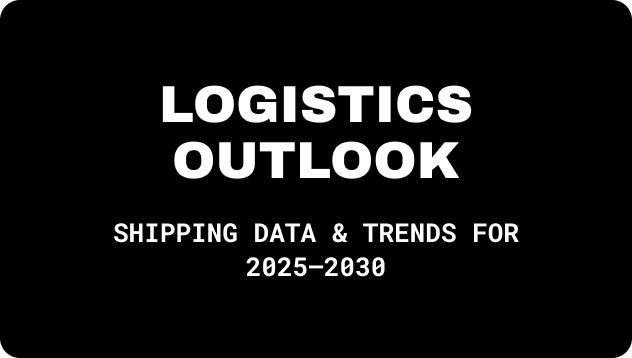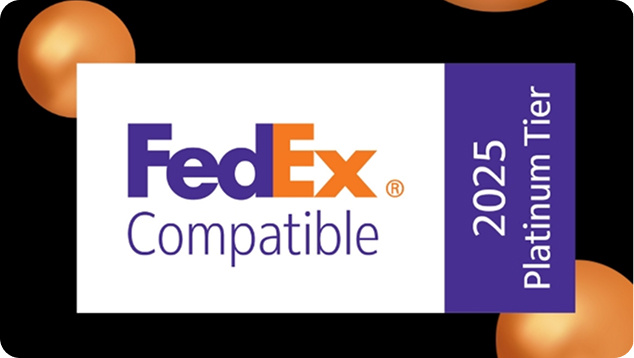Upselling & Cross-selling hacks for Ecommerce
Upselling & cross-selling are two of the milestones of any successful e-commerce business. However, only a small part of online retailers use upselling & cross-selling strategies correctly.
Sometimes businesses are so focused on capturing new customers that they forget to zero in on existing customers. Retaining or re-engaging existing customers, however, should be a top priority for online merchants as it’s far easier to sell to existing customers. You have a 60-70% chance of selling to an existing company, as opposed to a mere 5-20% likelihood of selling to a new customer. That’s a huge amount of potential revenue you’re missing out on if you’re not attempting to upselling and cross-selling.
Online retailers are missing out on a huge amount of potential revenue because they don’t have any processes in place to sell other products and services to their existing customers. That’s why cross-sell and upsell are so important; it’s an opportunity to turn existing customers into repeat customers.
But what does cross-sell mean? And how can you upsell products to your customers?
Table of Contents
What is Upselling & Cross-selling?
So what exactly does upselling and cross-selling mean? And how do they differ from each other? Even if you’ve been around the e-commerce block a few times, the two terms can be easily confused, meaning businesses sometimes struggle to know when they should use which tactic. So, before we get into upselling and cross-selling strategies, let’s start with some definitions.
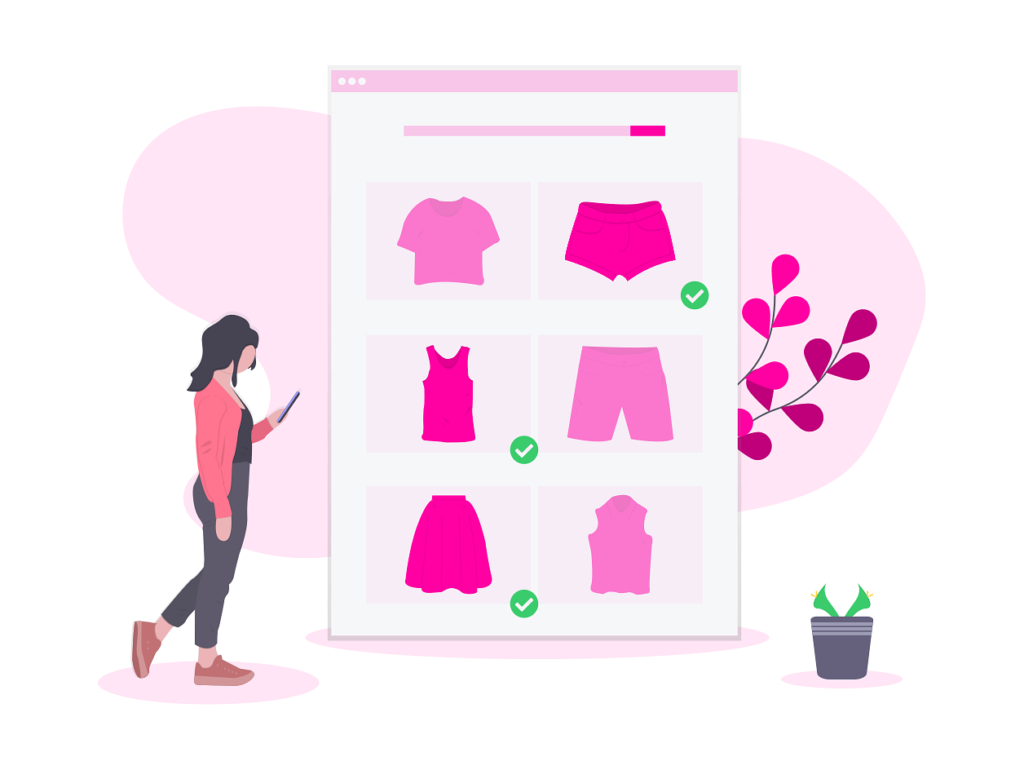
What is Upselling?
Upselling involves persuading your customers to trade up to a better or more expensive version of the product they’re looking for, to make the sale more profitable. It’s a good tactic to take advantage of, as your customer is already in the frame of mind to make a purchase, and are likely to be open to an upgrade.
Airlines are particularly good at upselling. How many times have you been drawn in by a cheap flight deal, only to be presented with a better (but slightly more expensive) option when you click through? Whether it’s adding on extra legroom for a small fee or upgrading to premium economy, both options involve persuading customers of the benefits of spending more money to get a better deal. That’s upselling!
What is Cross-Selling?
Not to be confused with upselling, cross-selling is the practice of getting customers to buy additional products, usually ones which are complementary to the ones they’re already in the process of buying. Often, customers will need to buy these extra products anyway, but by presenting the option to them at the right time, you can increase the likelihood that they’ll buy them from your company.
Amazon is an expert at cross-selling products to its customers. Go to any product page on the website and you’ll be presented with items that are ‘frequently bought together’. Amazon will suggest other items that are closely related to the one that you’re already buying. It’s so easy to add these items to your basket, making Amazon experts at inspiring customers to make additional purchases, without ever having to go for the hard sell.
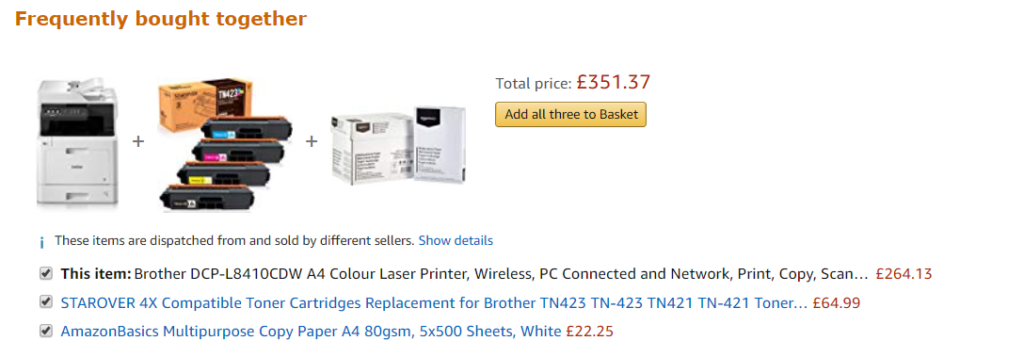
Cross-Selling Strategies in E-Commerce
Creating a strategy for cross-selling products to customers isn’t rocket science, but it does take some forward-planning. There are three key areas to focus on when thinking about how to approach cross-sells: segmentation, relevance, and timeliness.
Segmentation
Audience segmentation is the process of dividing your customer base into sections based on their behavior or characteristics, for example, their demographics, click-through behavior, or previous purchases.
You can segment your customer base by looking at your analytics data, and by building out user profiles. You might want to consider criteria such as:
- age
- location
- gender
- previous purchases
- user attitude towards your product
- repeat vs new customer
- socio-economic status
- cultural
Think about what matters to each of your customer segments, and ask yourself what your product offers to each segment. How does your product or service differ for each segment, and are they likely to use it in a different way? Should you be marketing your product to them in a different way? If not, consider combining segments into broader ones rather than making them too narrow.
Once you have a good idea of the different segments you’re targeting, you can make sure that your approach to cross-selling and upsells is truly targeted to their needs and interests.

Relevancy
Pitching relevant additional items to your customers is key to successful cross-selling. Again, this is something Amazon does well. Take a travel guide to Japan, for example. For this product, Amazon suggests several similar products which are all, crucially, highly relevant to someone traveling to Japan. These items include a Japanese phrasebook and a fold-up map of the country for journey planning.
Amazon has success with this approach because they’ve studied what items are frequently purchased together, and use their smart algorithms to determine what additional products buyers are most likely to buy. You can emulate this approach regardless of the vertical your business operates in, by frequently reviewing which items in your inventory are most often purchased together and offering customers a bundle purchase.
Timeliness
When devising a strategy for cross-sells, you need to consider the best time to approach the subject. There are a couple of times you should build cross-selling into your user’s purchase journey.
The first is at the checkout. This is a commonly used tactic by online merchants, as noted above in the Amazon example. On every product page, Amazon will suggest products that are frequently purchased together, and they bundle products together to make customers feel like they’re getting a good deal. This approach is called a ‘bump offer’, and you should use language which will entice your customers into making an additional purchase and make them feel as though they’re getting a bargain.
Another opportunity for cross-sells is through the tracking notification emails you send to customers after they make a purchase from your site. Have you heard of the acronym WISMO? It stands for ‘Where Is My Order?’ and it’s something you need to keep customers informed about, as their expectations for the speedy delivery and great service are ever-increasing. ShippyPro offers automated, customizable email templates to keep your customers up to date on the progress of their order’s shipping, and you can use these emails as an opportunity for cross-selling. Once their order has arrived safe and sound, why not point them in the direction of other products which will complement the one they’ve just bought?

Upselling Strategies in E-Commerce
Upselling can take a little more finesse and nurture than cross-selling, but it’s well worth investing the time and effort into creating an upsell strategy. Both you and your customer will benefit from taking a super personal approach to upsells and focusing on what they actually want and need from their service. It’s easy to see through brands that are trying to upsell products that aren’t what their customers need, and this can quickly alienate users. Instead, it’s much better to create an upsell strategy that takes a really personal approach.
It’s incredibly important to consider what matters to your customers, as this is how you’ll achieve success through upselling. You should try to nurture your customers and build relationships with them as quickly as you can, as it’s unlikely that any customer will invest in a higher-value purchase if they feel like they’re not getting any value from your brand.
Utilize Customer Care
One easy way to nurture your customers is by using your customer care representatives as a sales team. There’s a huge amount of data available to your customer care team, and it can be harnessed to improve your chances of upselling to your customers. Did you know that tracking emails have an open rate of 70%? That’s a staggering percentage when you consider that the open rate for regular emails is just 12%.
As tracking emails have such a high rate of engagement, they’re a really valuable tool for encouraging repeat purchases. Remember – it’s far easier (and less expensive for your business) to influence existing customers to make a repeat purchase than it is to acquire new customers. Why not use your tracking emails to suggest alternative products your customers might be interested in, based on their recent purchase? You could also include a money-off code or another exclusive order to encourage repeat custom.
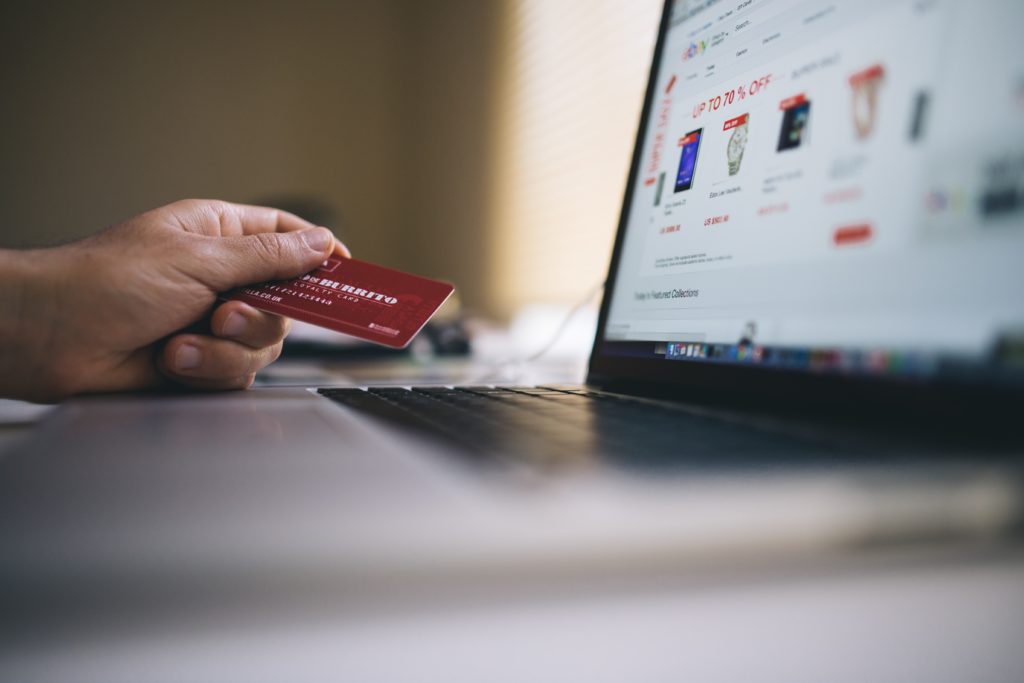
How to do Cross-sell and Upsell With Post-Shipping Marketing
Post-sale aftercare should be a crucial element of any e-commerce marketing strategy, and it offers the perfect opportunity to promote upselling and cross-selling.
Engage customers when they’re still in a buying frame of mind – that is, immediately after they’ve made a purchase from your business. Have you considered making customized order tracking pages for your customers? As well as keeping users updated on the whereabouts of their order in the shipping process, you can also use this page to promote cross-sells. You might also want to include special offers, and links to your social media accounts to keep them engaged with your brand.
With ShippyPro’s Track & Trace service, you can automate order management by sending tracking emails at different stages of the delivery process. In these emails, you can offer similar products to entice customers to become repeat customers with the purchase of complementary items.
Remember the importance of focusing not just on new customers, but also on your existing user base, and take the opportunity to send remarketing emails and build customer loyalty for a lasting relationship of trust.

ShippyPro is the complete shipping software for online and offline retail. With Label Creator, Track & Trace, Easy Return and Analytics features, our software simplifies your shipping operations. ShippyPro integrates with over 180 carriers and 80 sales channels, making it compatible with a wide range of products and use cases.
.jpg)


